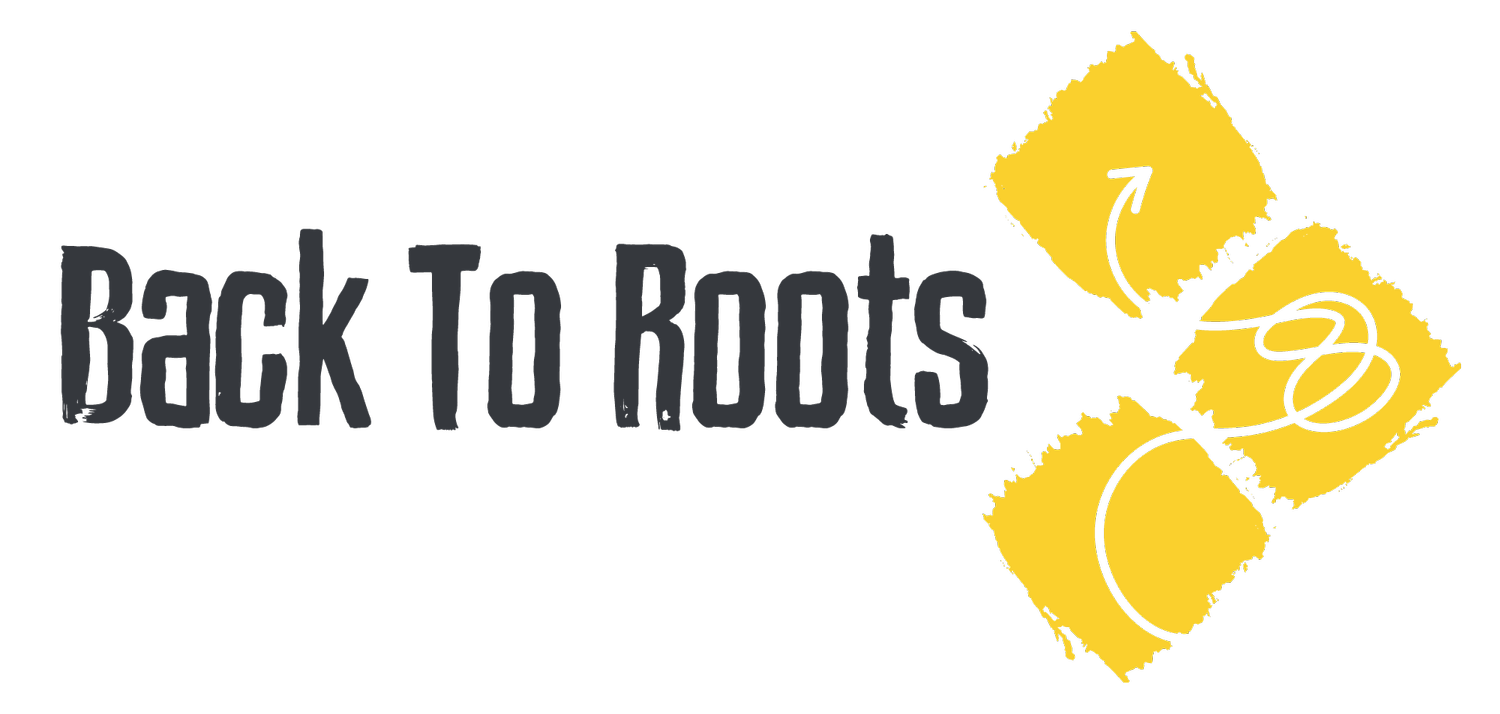B2R internship Notes. Hurt Does Not Equal Harm
Yes, you have read that right:
Often pain does not equal tissue damage.
Have you ever had a bruise on your arm or your leg and you couldn’t remember where it came from? At that point you could see the different phases of tissue healing, you could see inflammation, you could notice the fact that you had tissue damage and yet no pain.
The opposite is possible too. In fact, sometimes there is pain but not tissue damage.
Have you ever experienced brain freeze after biting into an ice cream? Has anybody ever performed a deep massage on you? They all can both be quite painful, yet no tissue damage at all!
A wonderful case report of a patient that was written up in the British Medical Journal (BMJ) reported that a construction worker stood on a large nail that went right through his boot (Fisher, 1995). He was screaming in agony, even to a point of being sedated. Incredibly, the nail went through the boot, IN BETWEEN his toes and never actually caused any damage! Crazy eh?
In all these situations our brain makes predictions based on information from our tissues, the environment around us and the information collected throughout our life (Stilwell, 2019). If there is enough evidence of threat then our alarm system kicks off, producing pain so that actions can be taken. (Explain Pain, 2013)
Thus, things that people tell us, MRI scans, or previous injuries as well as thoughts and fears can all contribute to our pain experience (Steven, 2011).
If you, or your patients/clients have had pain for a long period of time and they have probably had the time to pass through tissue healing times, we can probably say we are dealing with a pain problem, not necessarily a tissue damage problem.
So when we think of a pain problem we need to think of a sensitized alarm system in which different things could be contributing. Hence we are working like clouds and need to be looking at their psychological well being and the things that can contribute to their alarm system being sensitized.
So instead of asking them what caused their pain, we should help them reflect on what could be contributing to their pain experience.
On this line, there is actually reasonable evidence (Louw 2011, 2014) to suggest that Therapeutic Pain Education as developed by Adrian Louw PhD can actually help improve pain outcomes.
Adapted from Levels Of Misconception by NOI Group
We certainly don’t suggest that learning about pain alone is the only treatment one will ever need. However, we strongly believe that as part of a multidisciplinary approach to pain management, education on pain itself is the web that ties all the reasoning together.
Thus, a good rehabilitation programme should certainly merge together biological interventions that include guided movement therapies, but perhabs should also consider a pain education curriculum based on individual needs and levels of misconceptions (if any).
Here are a couple of simple tasks for you or your clients:
Can you think of a time when you had a bruise / scratch, but don’t remember where it came from? This is an example of tissue damage, but no pain.
Now, think of a time where you had clear pain, but NO tissue damage? Consider our deep massage example!
Ask your patients to jot it down on a piece of paper.
This will enable them adopt a big picture approach to help re-conceptualise not just their physical ideas about their pain, but also their emotional and psychological beliefs surrounding their pain experience.
Gio ;)
Giovanni Frapporti is a chiropractor and rehabilitation specialist based in Brescia and Verona, Italy. He played rugby for 20 years and coached Palmer College Rugby Football Club for 3 during his studies in the USA. After having been through several injuries and experienced back pain for many years himself, he has developed a special interest in chronic musculoskeletal pain rehab and sports injuries.
REFERENCES:
Fisher J P, Hassan D T, Connor N O. Minerva BMJ 1995; 310 :70 doi:10.1136/bmj.310.6971.70






